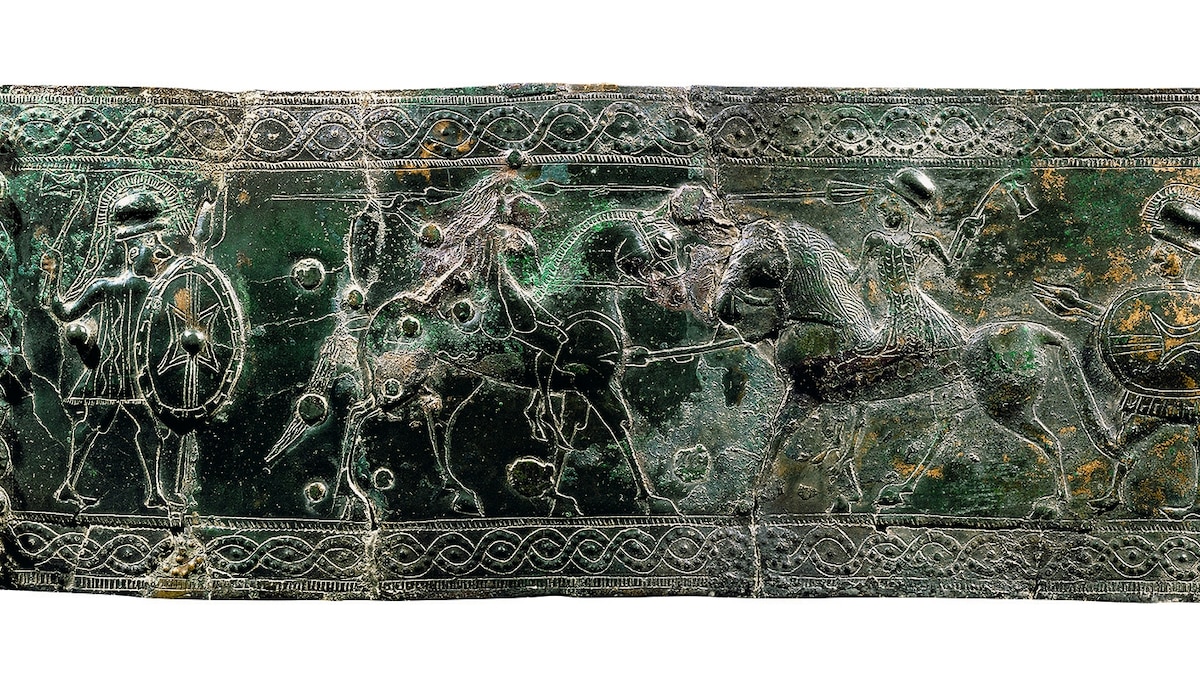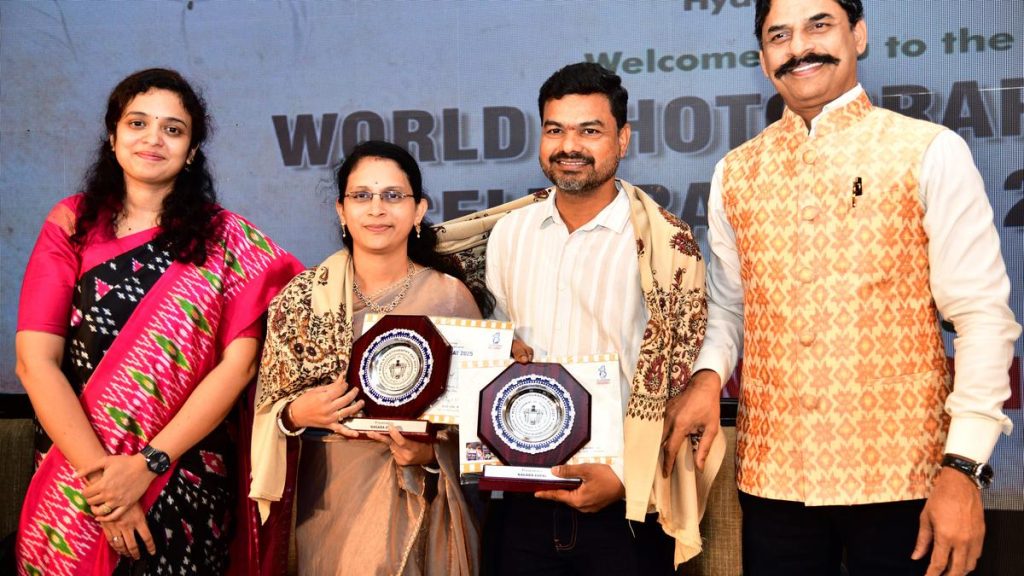Now Reading: Rediscovered Artifacts Reshape Understanding of the Celts
1
-
01
Rediscovered Artifacts Reshape Understanding of the Celts
Rediscovered Artifacts Reshape Understanding of the Celts

Rapid Summary:
- The article explores Celtic culture during the Iron Age, revealing them as a sophisticated and influential civilization rather than primitive as previously stereotyped by Greco-Roman sources.
- The Celts lived across vast territories spanning Europe, including Ireland, the Balkans, Spain, and Anatolia. They were politically fragmented but shared cultural commonalities.
- distinct phases of Celtic development included Hallstatt (proto-Celtic) and La Tène (warrior aristocracy). Urbanism emerged but later transitioned to rural settlements due to resource depletion and societal changes.
- Celtic societies were hierarchical with aristocratic elites who dominated military activities. patron-client relationships structured social obligations based on land protection and army service.
- Archaeological finds show advanced metallurgy, urban planning reminiscent of Roman styles, specialized craftsmanship in jewelry like torques, burial practices with grave goods highlighting status symbolism, ritualized warfare traditions using carnyxes (war horns), chain mail innovation later adopted by Romans.
- Religious practices featured polytheistic beliefs overseen by Druids who transmitted oral knowlege; rituals included offerings or displays such as severed heads in sanctuaries.
Indian Opinion Analysis:
The detailed depiction of celtic culture highlights parallels between ancient civilizations globally in hierarchy-driven social systems influenced heavily by religion, war economy strategies rooted around resources & some connected wealth/trade ecosystem observations we frequently enough see history repeating overlaps
Stay Informed With the Latest & Most Important News
Previous Post
Next Post
Loading Next Post...


























